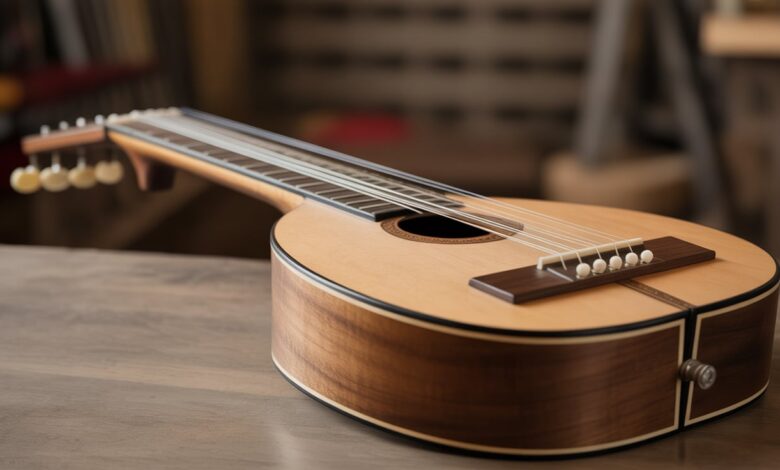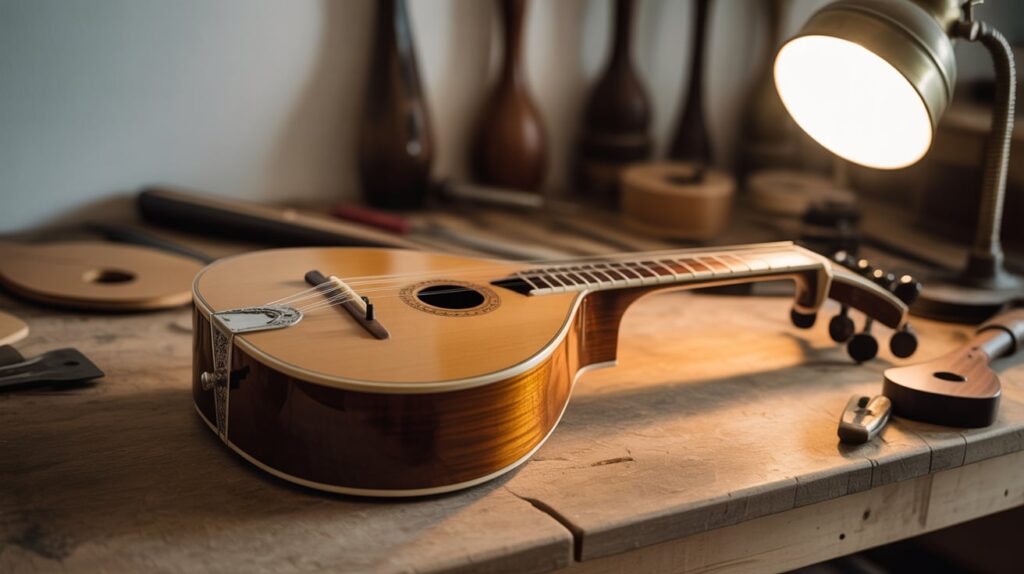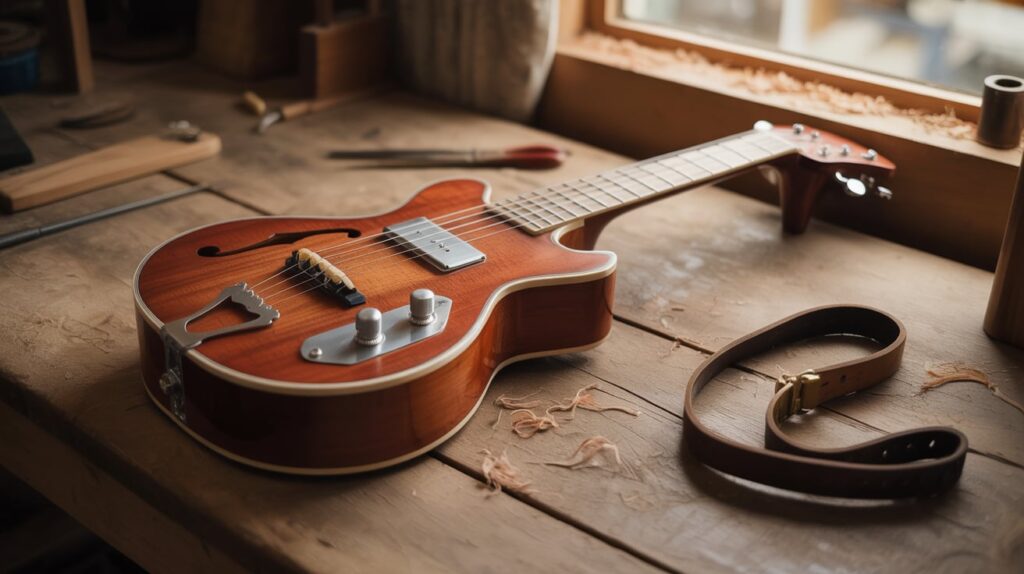Hitaar: Meaning, Origins, and Modern Significance

Hitaar is a word you will find used in different ways. Some writers use it for a Japanese cultural practice. Others use it for an old string instrument. Both uses appear in recent articles, and both have their own stories and fans.
What people mean when they say hitaar
One meaning of hitaar is a slow, ritualized performance from Japan. In this sense, hitaar mixes movement, music, and small ceremonies. It looks like a quiet, deliberate performance. People say it grew from shrine rituals and village festivals. The practice is used for community events, seasonal rites, and personal calm.
Another meaning is a stringed instrument. In that story, the hitaar is a fretted, hollow-bodied instrument you play by plucking or strumming. Writers describe it as warm and meditative in tone. Makers build it from hardwood and sometimes fit modern pickups. Musicians use it in folk and fusion music.
Why the two stories exist

Words travel. One reason we see two different meanings is that writers focus on different regions and subjects. Some articles explore culture and ritual. They describe hitaar as movement, symbolism, and community. Other articles write about instruments and sound. They treat hitaar as a physical object you can buy, tune, and play. Both views are recent and both are repeated across several websites. That is why you will read both versions.
Another reason is regional framing. The Japanese-focused pieces link hitaar to Shinto and Buddhist roots. They talk about seasonal festivals, costume, and spiritual meaning. The instrument-focused piece frames hitaar in terms of luthiers, strings, and modern music use. When you read about hitaar, check which lens the writer uses.
Origins: two paths
If you follow the cultural-practice story, hitaar traces back many centuries in Japan. Sources link it to shrine dances and Buddhist ritual movements. It evolved in villages and courts. Over time communities kept local styles that fit their festivals and seasons. This path shows hitaar as a living tradition tied to everyday life.
If you follow the instrument story, hitaar appears as a product of long trade and craft routes. That account says early lute-like instruments moved between regions and were adapted locally. Craftspeople in coastal and trading towns shaped the instrument over time. In modern times, luthiers added steel strings and pickups so hitaar could fit in new music styles.
How hitaar is performed

If you look at hitaar as a cultural practice, the performance feels calm and slow. Movements are often small and careful, almost like a moving meditation. People wear simple but meaningful clothing, sometimes robes with colors linked to the season or event. A single hitaar session can last many minutes, sometimes even an hour, because the point is not to rush.
This kind of hitaar is often seen at festivals or during special days. Imagine standing in a quiet shrine while soft drums play, and you watch performers move in a steady rhythm. The goal is not just to entertain but to connect people with nature, time, and each other. It feels more like sharing a moment of peace than watching a show.
How the instrument is made and played
If we take the other meaning, hitaar as an instrument, the story is different but just as interesting. Makers use wood that is both strong and light. Some choose local hardwood, while others mix traditional wood with modern parts like metal tuners or pickups for sound. The body is hollow, which gives the hitaar a deep and rich tone.
Playing the hitaar is simple to learn but hard to master. Beginners often start by strumming easy chords, much like a guitar. As players grow, they add fingerpicking and soft bends to create an emotional sound. Many describe the tone of hitaar as calm, almost dreamlike. In 2025, you can even find online lessons that guide you step by step.
Modern uses of hitaar
Today, hitaar is not stuck in the past. In Japan, the cultural practice is still part of seasonal events. Younger groups have even started blending hitaar performances with modern music, lights, and digital art. This mix of old and new helps keep the practice alive for the next generation.
The instrument version of hitaar is also moving into modern music. Some indie bands use it in recordings to add a soft, meditative touch. Others mix it with electronic beats, creating a unique sound that feels both old and new. Social media has also helped spread the sound of hitaar, with short clips gaining thousands of views.
Why people are drawn to hitaar
People often ask: why does hitaar matter? The answer is simple. It gives people a feeling of calm, focus, and connection. In a fast world full of noise, the quiet style of hitaar—whether as a ritual or an instrument—offers a break.
For some, joining a hitaar performance is a way to feel closer to tradition and community. For others, picking up the hitaar instrument is a way to find inner peace after a long day. Both paths lead to the same result: a softer, calmer mind.
Where to find hitaar today

If you want to explore hitaar as a cultural practice, you can visit local festivals in Japan or watch recordings online. Some community groups outside Japan also hold small performances to share the tradition.
If you want the instrument, you can find makers who build hitaar by hand. Many luthiers now sell them online, and a few music shops keep them in stock. Online courses and video lessons also make it easy to start learning from anywhere in the world.
Final thoughts
Hitaar is one name with two stories. One story tells of a ritual that connects people with time and tradition. The other tells of a string instrument that creates calm and meditative sounds. Both carry meaning, history, and beauty.
In 2025, people continue to value hitaar not because it is old, but because it still speaks to our lives today. Whether you see it as a performance or hold it in your hands as an instrument, hitaar reminds us to slow down, breathe, and enjoy the moment.



